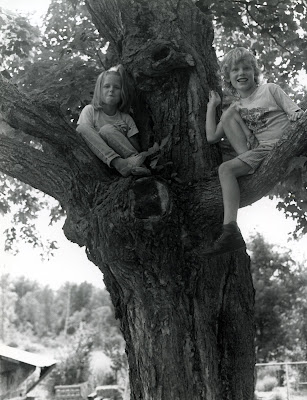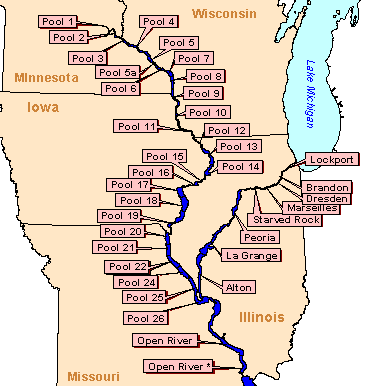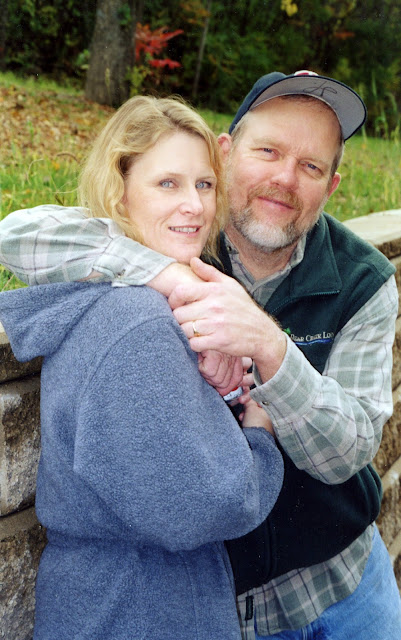by David Heiller
Tree
house. Those two words can fill a kid with
bliss and a dad with fond memories. My son and I built a tree house on Saturday
and Sunday. We chose the box elder by the outhouse. It is easy to climb, and
has four trunks that come out of the ground like giant weeds.
First we
rounded up scraps of lumber. Rule number one about tree houses is that you can’t
buy materials. You have to scrounge them.
 |
| The inspiration for Noah's tree house dreams |
Then we
nailed the floor boards onto them. We had to notch some of the boards so that
three of the tree trunks could come through. The end result was a platform that
seemed part of the tree, like it belonged there.
While we
worked, I told Noah about the tree houses we had when I was young. They weren’t
really houses, rather just a couple of boards nailed onto two branches.
They were
in the elm tree beside our house. One was about eight feet off the ground. That’s
the one I liked. The other was level with the bedroom window on third floor of
our house. That’s the one my brother liked. He would climb up there, and then
grab a branch overhead and swing out over the ground, then dare me to do it. I
think I did once, and that was enough.
You
couldn’t beat elm trees for climbing and making tree houses. That tree is gone
now, thanks to Dutch elm disease.
 |
| Kids and trees go together. Malika and Noah in our maple tree. |
My
daughter, Malika, objected to this. She couldn’t get in using the rope. I think
that was Noah’s idea all along. But Cindy and I made him put a, ladder up for
her.
He has to
share his house, and not only with his sister. When we were done, Cindy announced
that she couldn’t wait to use the house. It will be a great place to read, she
said, and she was serious.
Noah felt
proud of his house when it was done. He sat up there after supper. He felt
eight feet tall, in more ways than one. It was a beautiful spring evening, with
frogs peeping and tree swallows making nests. And only 29 more days of
school left! he said.
Life
couldn’t be any better.
I looked
at the house with pride too. It was no great feat of carpentry, but Noah couldn’t
have made it without me, and I wouldn’t have made it without him. That made me
feel good.
Maybe I’ll
do some reading up there too.


